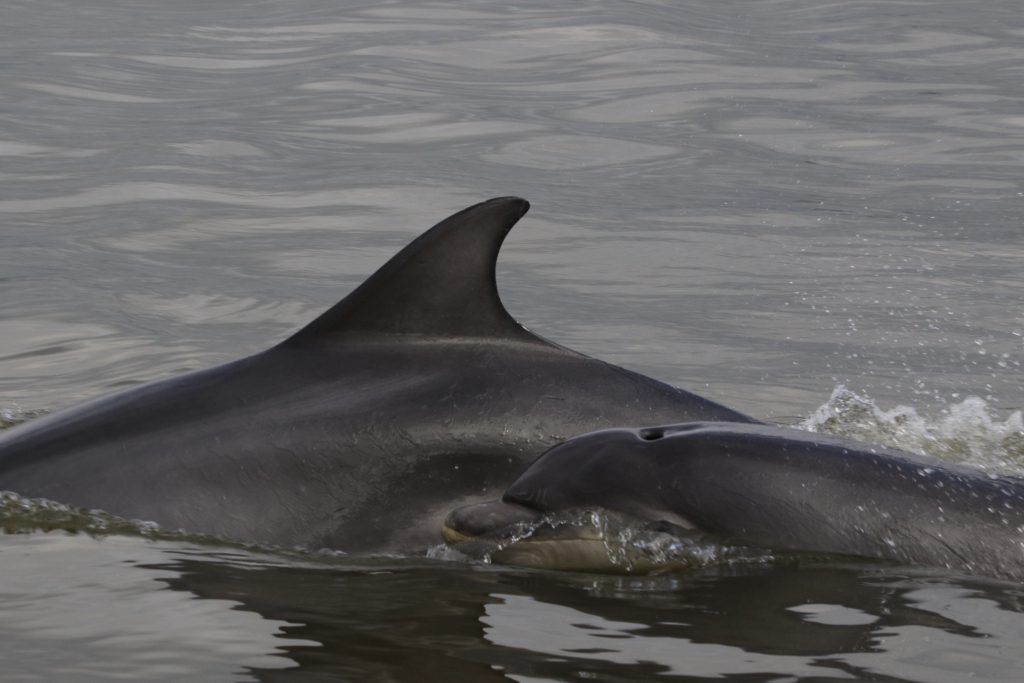The Shannon Dolphin Project developed fast after finally kicking off in 1993, after a year’s delay. In 1995, Dolphinwatch Carriagaholt, started advertising dolphin-watching trips following a couple of years testing the water. Geoff Magee was still fishing in the estuary, and had to wash down the decks of his lobster potting vessel Fiona David and ready it for receiving dolphin-watching passengers. This worked well and Geoff’s powerful knowledge of the estuary and it’s wildlife as well as having good success finding dolphins, were important ingredients in his success. In 1995 Dolphinwatch Carrigaholt carried out 162 trips on Fiona David[1]. Meanwhile interest in dolphin-watching was stirring in Kilrush, which had recently opened a new marina and Scattery Island Ferries carried out 28 trips on their vessel Deva. Promoting dolphin-watching in the Shannon Estuary became a key driver for tourism development in west Clare. By 1996, five vessels, four from Kilrush and one from Carrigaholt carried out 225 dolphin-watching trips, taking around of 2,500 people out to see the Shannon dolphins.
[1] Berrow, S.D. and Holmes, B. (1999) Tour boats and dolphins: A note on quantifying the activities of whalewatching boats in the Shannon estuary, Ireland. Journal of Cetacean Research and Management. 1(2), 199-204.
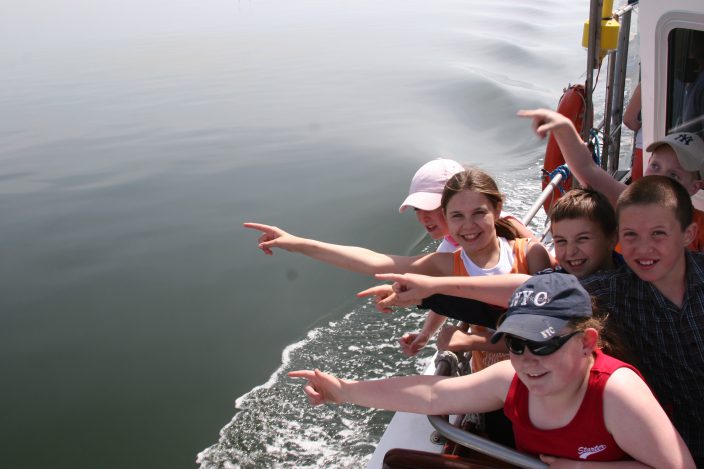
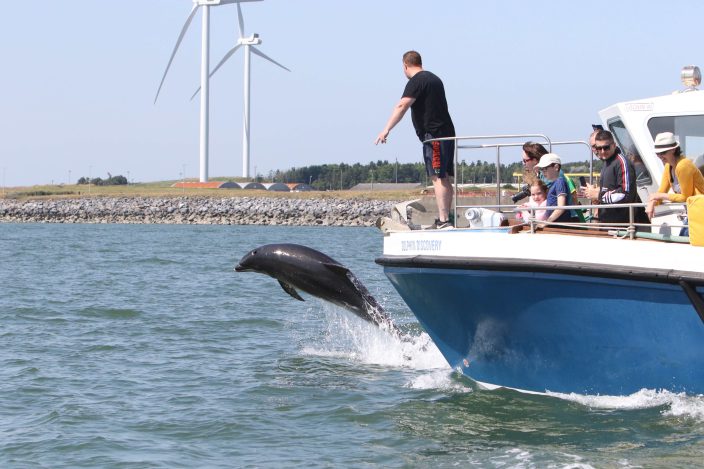
Meanwhile, UCC successfully received funding for a PhD study which started in 1996 was awarded to Simon Ingram. He carried out 45 systematic surveys in the estuary over a 24 month period, along the same route used in the pilot study. This work confirmed the dolphins were resident, though with some seasonality in the outer estuary, being less abundant in the winter and it was an important calving area. He generated the first robust abundance estimate using mark-recapture modelling from photo-id data and estimated 113±16 dolphins occurred in this population. His work was presented at international conferences and word was getting out in the scientific community that Shannon was important for a resident group of bottlenose dolphins.
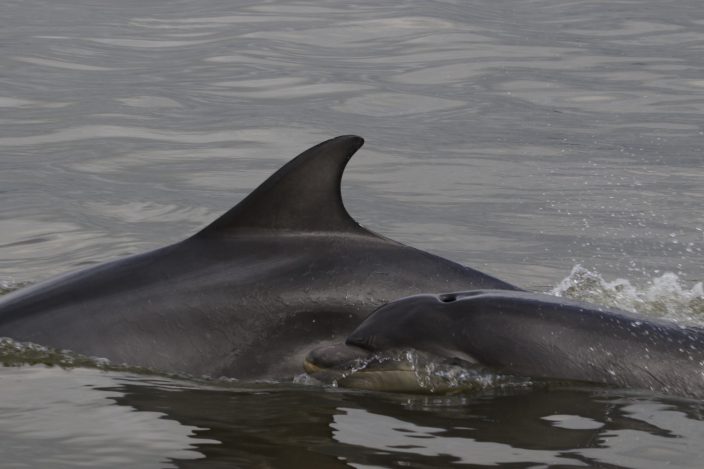
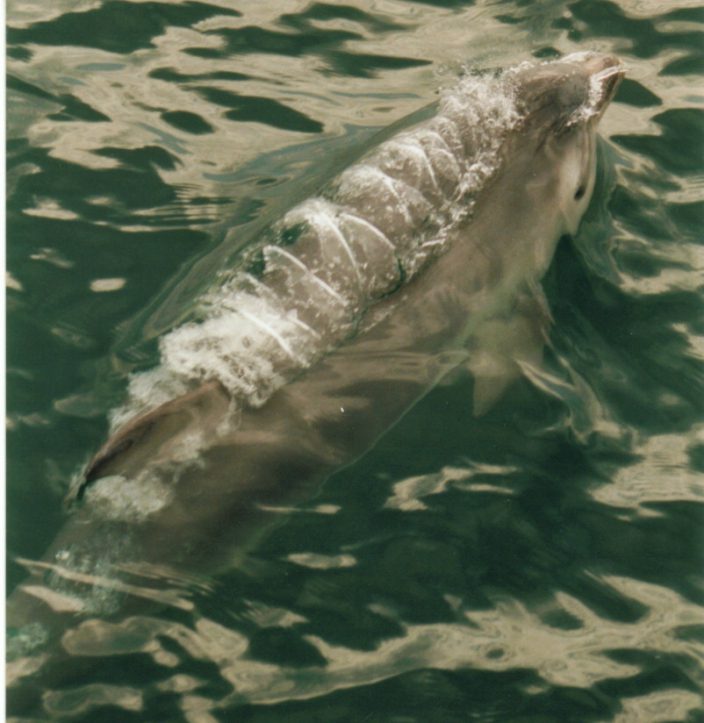
In Europe new environmental laws which seeked to protect threatened species and habitats throughout the EU were being developed. The Birds and Habitats Directives were, and still are, the cornerstone of wildlife and habitat protection in Europe. Species and habitats that have been shown to have declined were listed on the Habitats Directive and if any member state had them in their jurisdiction, they were legally obliged to identify important areas and designate them as Special Areas of Conservation (SAC) under this Directive. The EU provided criteria for selecting the best sites and a mechanism to provide legal protection. Bottlenose dolphins were listed on Annex II as they had declined in the southern North Sea since the 1970s. Although Ireland is lucky to have good populations of bottlenose and other dolphin species, the Irish government had to find and designate SACs to protect important habitats for bottlenose dolphins. As the IWDG and UCC had carried out a lot of work already on the Shannon Dolphins it was easy for the National Parks and Wildlife Service (NPWS) to put the Shannon Estuary forward as a candidate SAC. In 2000 the Lower River Shannon SAC (Site Code 002165) was designated with bottlenose dolphins, as well as five other species and 14 habitats, as “qualifying interests”. This was a very important milestone and provided a legal framework to manage threats and pressures, including dolphin-watching, as well as oblige the NPWS to monitor the population to ensure it is at “favourable conservation status”.
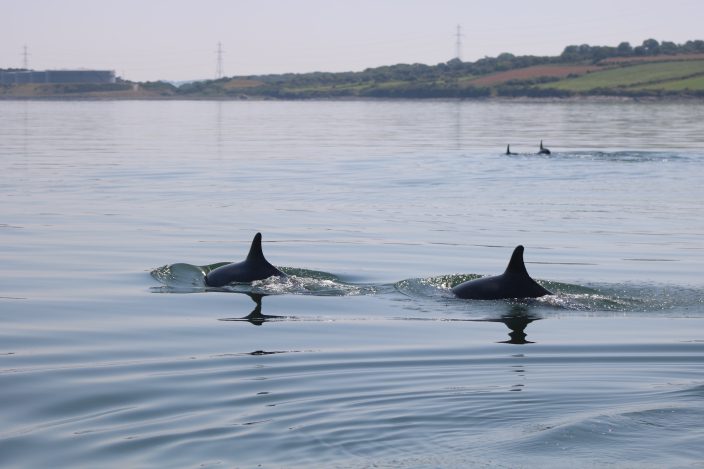
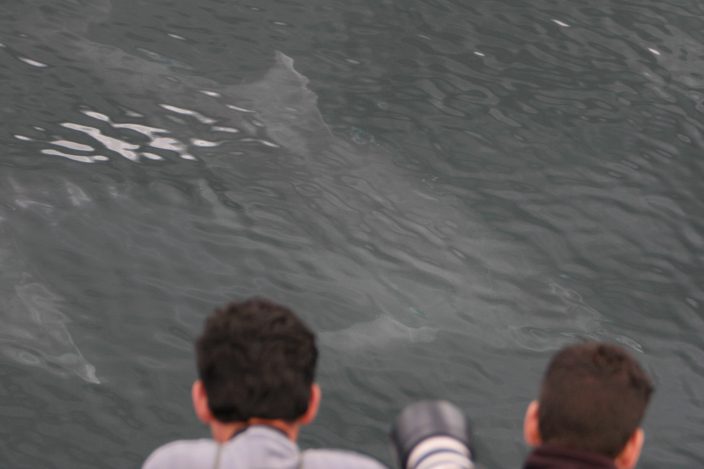
I had left Ireland for a five-year contract on South Georgia with the British Antarctic Survey in late 1995, but my colleague Brian Holmes and new recruits to the IWDG Conal O’Flanagan and Pádraig Whooley maintained IWDG interest in the Shannon, although at a reduced capacity. After my return to Ireland full-time in late 1999, coupled with the designation of the estuary as an SAC and heavy investment in new purpose-built dolphin-watching vessels in Carrigaholt and Kilrush, the Shannon Dolphin Project had an excellent platform to grow and mature.We will explore these years of maturity in the next instalment of the Shannon Dolphin Story.
Simon Berrow,
CEO of the IWDG and for 20 years Project Manager of the Shannon Dolphin Project
This article is the second of a number reflecting on the first 30 years of the Shannon Dolphin Project (1993-2023) to be published by the Irish Whale and Dolphin Group during the year.
Read The Shannon Dolphin Story: Conception here.
Download and read research article at Distribution and Abundance of Bottle-Nosed Dolphins Tursiops truncatus (Montagu) in the Shannon Estuary, Author(s): Simon D. Berrow, Brian Holmes and Oliver R. Kiely
Source: Biology and Environment: Proceedings of the Royal Irish Academy, Vol. 96B, No. 1 (Jun., 1996), pp. 1-9
Published by: Royal Irish Academy

